Copyright © Shanghai Chuangdaozhihe Equipment Technology Co., Ltd. All Rights Reserved. Site Map
- +86-150264808540086-021-66532769 ext. 805
- chdvip888@outlook.com
- Room 711, Enterprise Plaza, 228 Meiyuan Road, Jing'an District, Shanghai, China

SMT production line introduction
SMT production line, surface assembly technology (Surface Mount Technology referred to as SMT) is a new generation of electronic assembly technology developed from hybrid integrated circuit technology. It is characterized by the use of component surface mounting technology and reflow soldering technology, becoming a new generation of assembly technology in electronic product manufacturing.
The widespread use of SMT has promoted the miniaturization and multifunctionality of electronic products, and provided conditions for mass production and low-defect production. SMT, which stands for surface mount technology, is a new generation of electronic assembly technology developed from hybrid integrated circuit technology.
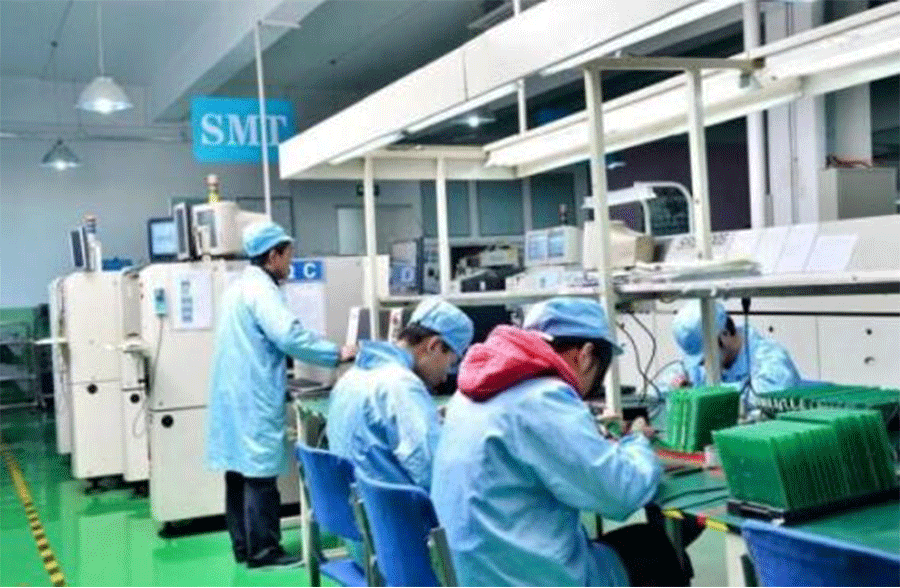
Composition and equipment of SMT production line
The main components of the SMT production line are: surface mount components, circuit substrates, assembly design, and assembly technology.
The main production equipment includes printing machines, dispensing machines, placement machines, reflow ovens, and wave soldering machines. Auxiliary equipment includes testing equipment, rework equipment, cleaning equipment, drying equipment, and material storage equipment.
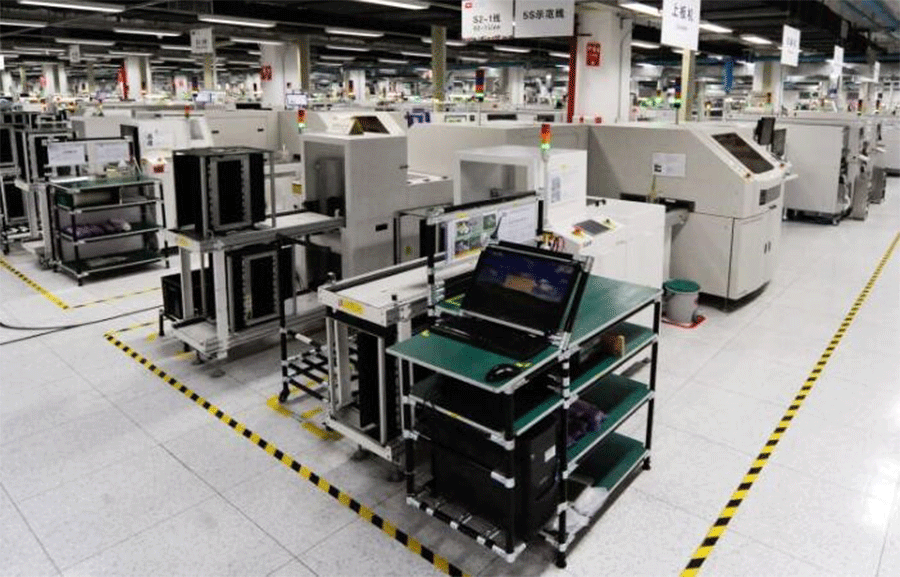
Types of SMT production lines
1. According to the degree of automation, it can be divided into fully automatic production line and semi-automatic production line.
2. According to the size of the production line, it can be divided into large, medium and small production lines.
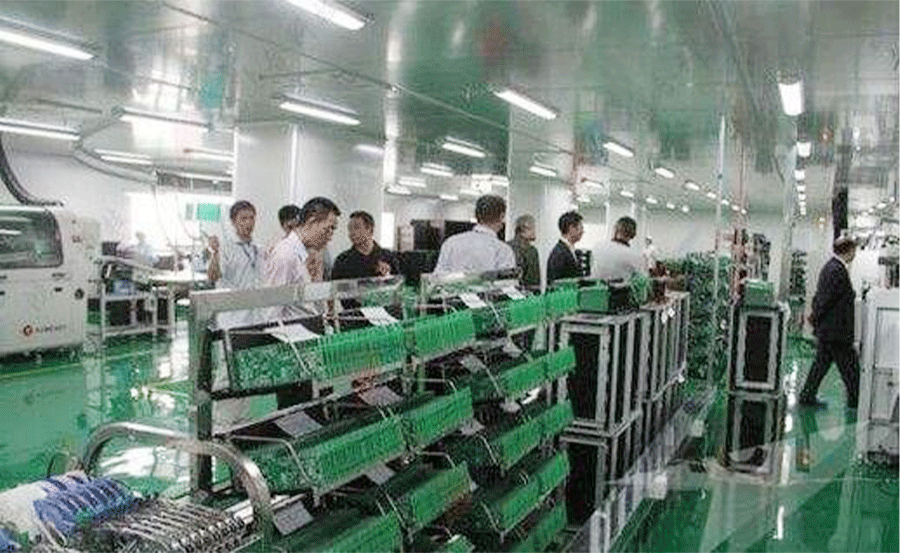
Key processes of SMT production line
Ⅰ. Basic SMT process composition
Screen printing (or dispensing) > Mounting > (curing) > Reflow soldering > Cleaning > Inspection > Rework
Ⅱ. SMT production process
1. Surface mount technology
① Single-sided assembly: (all surface mount components are on one side of the PCB)
Incoming material inspection - solder paste mixing - screen printing solder paste - patch - reflow soldering ② Double-sided assembly, (Surface mount components are on the A and B sides of the PCB respectively)
Incoming material inspection - PCB A-side silk screen solder paste - SMD - A-side reflow soldering - flip board - PCB B-side silk screen solder paste - SMD - B-side reflow soldering - (cleaning) - inspection - rework
2. Mixing process
① Single-sided mixed assembly process: (plug-in and surface mount components are both on the A side of the PCB)
Incoming material inspection - solder paste stirring - screen printing solder paste on PCB A side - patching - reflow soldering on A side - plug-in on PCB A side - wave soldering or dip soldering (manual soldering can be used for a small number of plug-ins) - (cleaning) - inspection - rework (patch first, then plug-in)
②Double -sided mixed loading process:
(Surface mount components are on side A of the PCB, and plug-ins are on side B of the PCB)
A. Incoming material inspection - solder paste stirring - screen printing solder paste on PCB A side - patching - reflow soldering - PCB B side plug-in - wave soldering (a small number of plug-ins can be manually soldered) - (cleaning) - inspection - rework
B. Incoming material inspection - silk screen solder paste on PCB A side - patch - manual solder paste on the pads of the plug-in on PCB A side - plug-in on PCB B side - reflow soldering - (cleaning) - inspection - rework
(Surface mount components are on the A and B sides of the PCB, and plug-ins are on either or both sides of the PCB)
First, perform reflow soldering of the surface mount components on both sides A and B of the double-sided PCB according to the double-sided assembly method, and then perform manual soldering of the plug-ins on both sides.
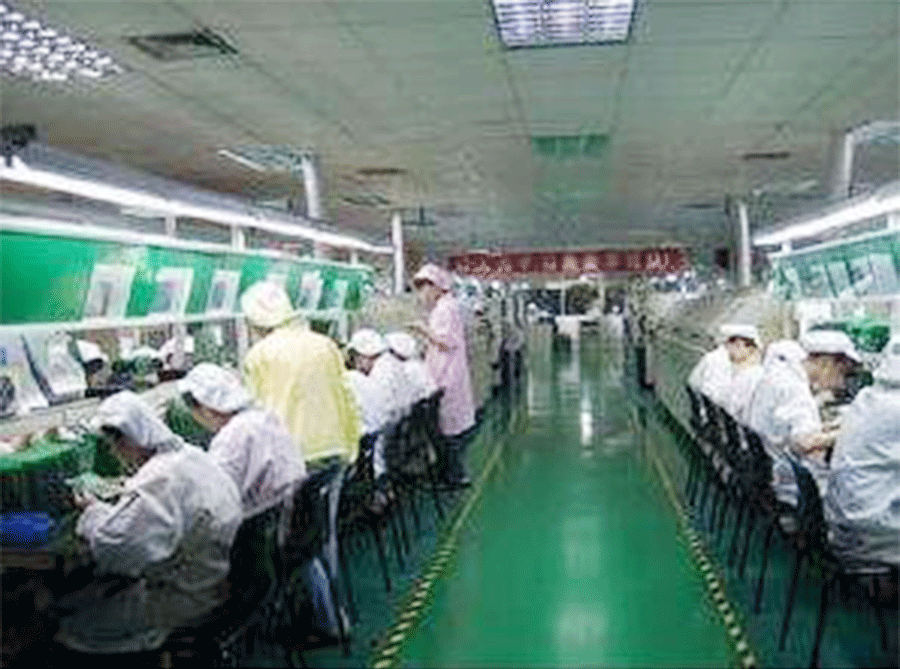
Ⅲ. Introduction of SMT process equipment
1. Template: (steel mesh)
First, determine whether to create a stencil based on the PCB design. If the only SMD components on the PCB are resistors and capacitors with package sizes of 1206 or larger, a stencil is not necessary, solder paste can be applied using a syringe or automated dispensing equipment. However, if the PCB contains chips in SOT, SOP, PQFP, PLCC, and BGA packages, as well as resistors and capacitors with package sizes of 0805 or smaller, a stencil is required. Common stencils include chemically etched copper stencils (low-cost, suitable for small batches and testing, with chip pin pitch of 0.635mm) and laser-etched stainless steel stencils (high-precision, high-cost, suitable for large batches and automated production lines, with chip pin pitch of 0.5mm). For R&D, small-batch production, or with a pitch of 0.5mm, an etched stainless steel stencil is recommended, for mass production or with a pitch of 0.5mm, a laser-cut stainless steel stencil is recommended. The overall dimensions are 370*470 (mm), with an active area of 300*400 (mm).
2. Silk screen printing: (high-precision semi-automatic solder paste printing machine)
Its function is to use a scraper to apply solder paste or surface mount adhesive to the PCB pads, preparing for component placement. The equipment used consists of a manual screen printing station (screen printer), a stencil, and a scraper (metal or rubber). It is located at the front end of the SMT production line. A medium-sized screen printing station is recommended. A precision semi-automatic screen printing machine is recommended. The stencil is secured to the printing station. The PCB is positioned on the printing station using the up/down and left/right knobs on the manual screen printing station and locked in place. The PCB to be coated is then placed between the printing station and the stencil. Solder paste is applied to the screen (at room temperature), keeping the stencil and PCB parallel. The scraper then evenly applies the solder paste to the PCB. During use, the stencil should be cleaned promptly with alcohol to prevent the solder paste from clogging the stencil's holes.
3. Placement: (high-precision fully automatic multi-function placement machine)
Its function is to precisely mount surface mount components in fixed positions on PCBs. The equipment used is a placement machine (automatic, semi-automatic, or manual), a vacuum picker, or tweezers, and is located behind the screen printing station in the SMT production line. For labs or small batches, a dual-tip anti-static vacuum picker is generally recommended. To address the placement and alignment of high-precision chips (with a pin pitch of 0.5mm), the Samsung SM421 fully automatic, multi-functional, high-precision placement machine is recommended for improved efficiency and placement accuracy. The vacuum picker can directly pick up resistors, capacitors, and chips from component racks. Due to the viscosity of solder paste, resistors and capacitors can be placed directly in the desired position. For chips, a suction cup can be added to the vacuum picker head, and the suction force can be adjusted using a knob. Always ensure proper alignment of any component being placed. If misaligned, the PCB must be cleaned with alcohol, the screen printed again, and the component repositioned.
4. Reflow soldering:
Its function is to melt the solder paste, firmly soldering surface mount components to the PCB to achieve the required electrical performance. This is precisely controlled in accordance with international standard curves, effectively preventing thermal damage and deformation of the PCB and components. The equipment used is a reflow oven (a fully automatic infrared hot air reflow oven), located behind the placement machine in the SMT production line.
5. Cleaning:
Its function is to remove substances that affect electrical performance or solder residues, such as flux, from the mounted PCB. If no-clean solder is used, cleaning is generally not necessary. Products requiring low power consumption or high-frequency performance should be cleaned, but general products do not require cleaning. The equipment used is an ultrasonic cleaner or direct manual cleaning with alcohol, and the cleaning position does not need to be fixed.
6. Inspection:
Its function is to inspect the soldering quality and assembly quality of the mounted PCB. The equipment used includes magnifying glasses and microscopes, which can be placed at appropriate places on the production line according to the inspection needs.
7. Repair:
Its function is to rework PCBs that have been detected to have defects such as solder balls, solder bridges, and open circuits. The tools used include intelligent soldering irons and rework stations. These can be deployed anywhere on the production line.
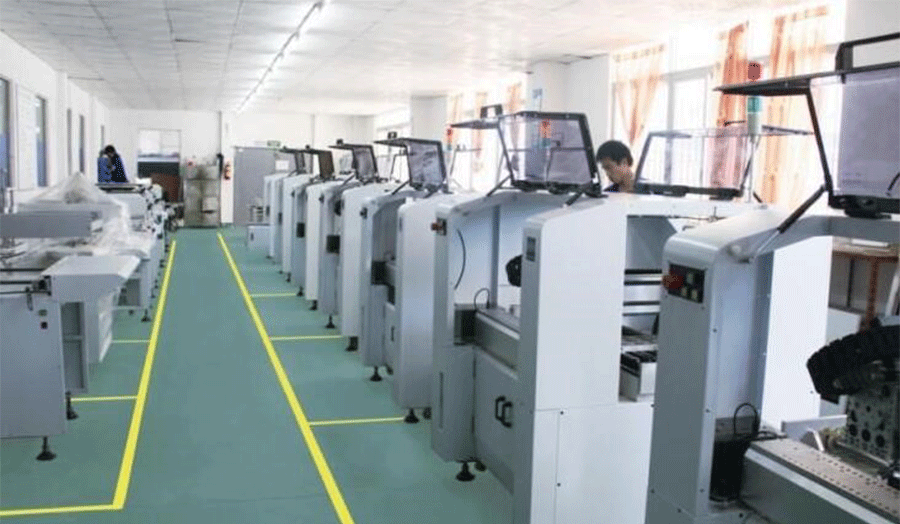
Ⅳ. SMT auxiliary process: mainly used to solve the mixed process of wave soldering and reflow soldering.
1. Printing red glue: (can print red glue at the same time)
The function of this machine is to print red glue on a fixed position on the PCB. Its main function is to fix components to the PCB. It is generally used for surface mount components on both sides of the PCB and wave soldering on one side. The equipment used is a printer. Solder paste and red glue printing can be completed by a single machine and is located at the forefront of the SMT production line.
2. Curing: (Reflow soldering is better for curing and lead solder paste)
Its function is to heat and cure the patch adhesive, thereby firmly bonding the surface mount components to the PCB. The equipment used is a curing oven (the reflow oven can also be used for adhesive curing and thermal aging testing of components and PCBs), located after the placement machine in the SMT production line.